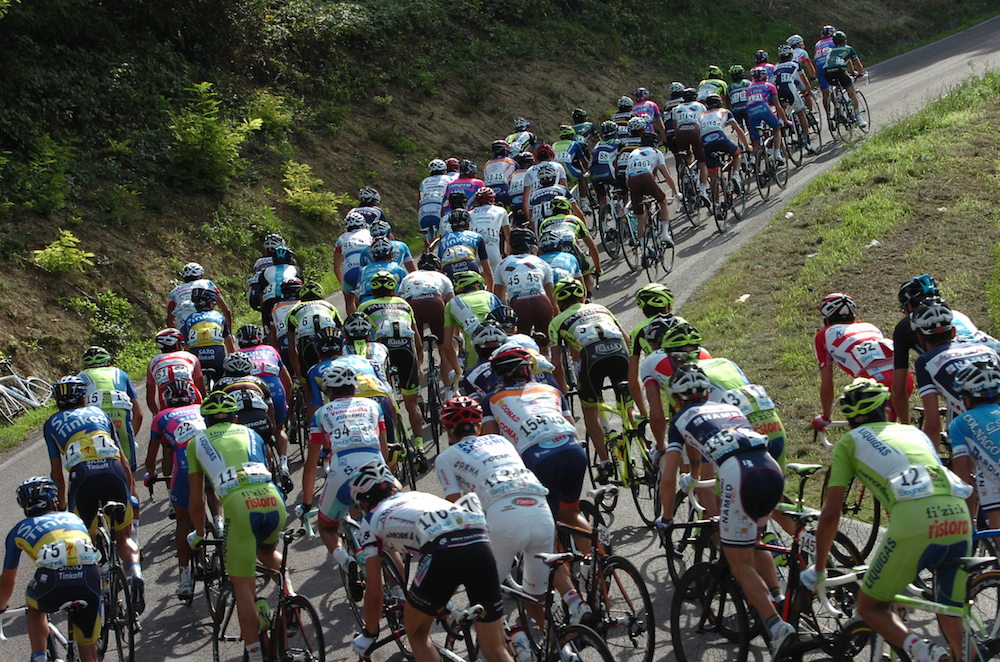Drug testing in sport
The world of sport has been rocked by various controversies over recent decades surrounding the use of performance-enhancing drugs. These scandals have prompted a rethink among the relevant authorities and stringent drug test regimes have been put in place in an effort to clean up sport. Of particular importance has been the development and implementation of the World Anti-Doping Code, which has led to the rolling out of a set of harmonised anti-doping regulations.
Enforcing the Code
The Code is enforced together with five International Standards covering laboratories, tests, the List of Prohibited Substances and Methods, Therapeutic Use Exemptions (TUEs) and a standard covering the protection of privacy and personal information. In the past, serious problems hampering the carrying out of drug tests in sport were the lack of coordination and the fragmentation of resources used in research and testing. Another issue was the absence of detailed knowledge of substances and procedures used by drug cheats.
The lack of coordination in respect of penalties for those caught was also proving problematic. The introduction of the Code has addressed all of these issues since it came into force in January 2004. Another aspect of the Code that is of key importance is the concept known as “non-analytical” rule violations. Under this concept, a sanction can be enforced where evidence arises that an anti-doping violation has taken place, even though there is the absence of a positive drug test.
Since its implementation, the Code has enjoyed the support of governments and sports authorities worldwide. The Code has also benefitted from the body of jurisprudence arising from decisions of the Court of Arbitration for Sport (CAS), which is headquartered in Lausanne, in Switzerland, with court sessions being held there and in New York and Sydney.
WADA
Lausanne is also associated with the World Anti-Doping Agency (WADA), the body that oversees the administration of the World Anti-Doping Code. The Declaration of Lausanne 1999 led to the establishment of WADA, which now has its headquarters in Montreal, Canada. The supreme decision-making body within WADA is the Foundation Board, the 38 members of which are drawn in equal numbers from governments and the Olympics Movement. Policy-making within WADA is the responsibility of the Executive Committee. Its 12 members are also drawn in equal numbers from the same two sources as the Foundation Board. The presidency of WADA, which is a volunteer position, rotates between governments and the Olympics Movement.
In order to solidify its work and take account of developments in sport, WADA undertook a consultation process in 2006, with a view to updating the Code. Following a lengthy process, the revised Code was accepted by the Foundation Board and received the backing of the Third World Conference on Doping in Sport, in Madrid, Spain, held in November 2007. The revisions came into effect on 1st January 2009 and have resulted in a more robust platform from which to investigate doping in sport and to ensure that athletes worldwide benefit from the same protection and procedures, making world sport a safer and fairer place.

